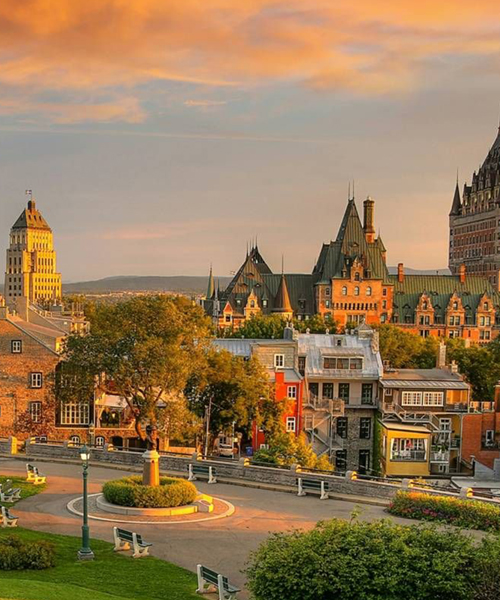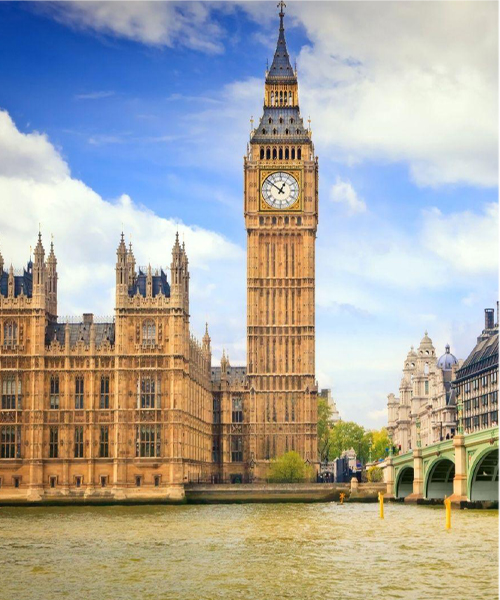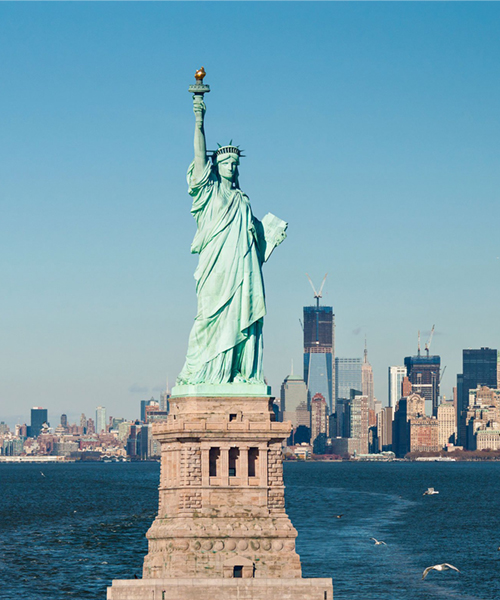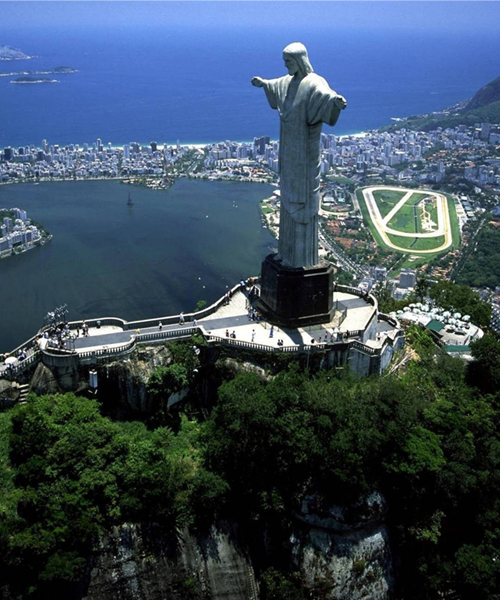Hunza Valley
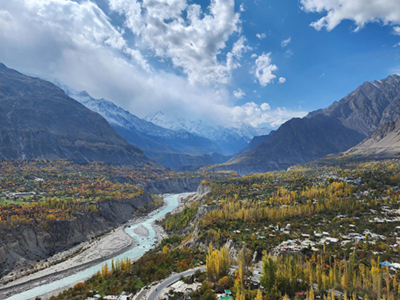
The Hunza Valley is a mountainous valley located in the northern region of the Gilgit-Baltistan, Pakistan.The Hunza Valley is a mountainous valley located in the northern region of the Gilgit-Baltistan,Pakistan.The Hunza Valley is also home to the 700-year-old Baltit Fort which has also stood the test of time.He remained hidden in the mountains of the region.The first engineers built it.Hunza Valley is the prime attraction for tourists as it offers spectacular sceneries of mountains. Tourists can witness high peaks of 7000m such as Lady Finger and Ultar. Hunza has been bestowed with natural beauty rich cultural and traditional heritage such as traditional dresses, tunes, dances and cuisines.Hunza Valley is renowned for its stunning natural beauty, particularly its snow-capped mountains and the vibrant apricot orchards in the spring. It's also famous for its rich cultural heritage, including ancient forts like Baltit and Altit, traditional music, and dances. The valley is a popular destination for adventure tourism, with activities like trekking and mountaineering. Hunza Valley has a diverse religious history with it being home to several historic religious sites like the ancient watchtowers in Ganish village, Baltit Fort on top of karimabad which was built by the Mirs about 800 years ago , which is a historic landmark for hunza and Altit Fort (at the bottom of the valley).
Skardu Valley
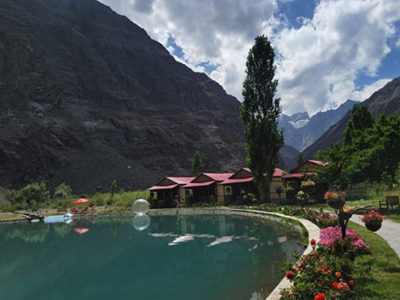
Skardu is a city located in Pakistan administered Gilgit-Baltistan in the disputed Kashmir region. Skardu serves as the capital of Skardu District and the Baltistan Division.Skardu Valley is primarily known for its breathtaking natural beauty, particularly its high-altitude terrain and access to major mountain ranges like the Karakoram and the Himalayas. It's a popular destination for mountaineers, trekkers, and adventure seekers, offering opportunities to explore glacial lakes, snow-capped peaks, and diverse landscapes like deserts and grasslands. Skardu is the largest district of the Northern Areas. Baltistan is home to some of the highest peaks in the world, the Karakoram Range, Skardu is very popular with Mountaineering Expeditions. It is equally popular with high altitude trekkers, who treks to Baltoro Glacier, K2 Base Camp and Concordia.Skardu Valley is located in the northern region of Pakistan, specifically within the Gilgit-Baltistan province, at the confluence of the Indus and Shigar Rivers. Skardu Valley is surrounded by three world-famous ranges, Karakoram, Himalaya, Ladakh and some of the highest mountain.The valley boasts numerous glacial lakes, such as Upper Kachura Lake and Shangrila Lake, renowned for their stunning turquoise waters and scenic beauty. Skardu, along with Gilgit, is a major tourism, trekking and expedition hub in Gilgit–Baltistan.
Deosai National Park
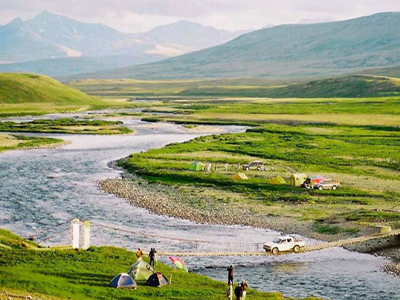
Deosai National Park is famous for its stunning high-altitude plateau, which is the world's second-highest plateau, and its diverse wildlife, including the endangered Himalayan brown bear. It's also known for its unique ecosystem and biodiversity. The park is a key area for the conservation of the Himalayan brown bear, with its population having increased significantly since the park's establishment in 1993. Deosai is a vast plateau situated at an average elevation of 4,114 meters (13,497 feet) above sea level, making it one of the highest in the world. The park is a crucial habitat for the Himalayan brown bear, a critically endangered species, and it's home to a stable population in the region. The park is a testament to successful conservation efforts, with the Himalayan brown bear population increasing since its establishment. The park's unique ecosystem includes lush meadows, crystal-clear streams, and serene lakes, like Sheosar Lake. Another fitting name for this plateau is the “Roof of the Earth,” as it stands as the world's second-highest plateau, towering at approximately 4,114 meters (13,497 ft) above sea level. For much of the year, lasting around eight months, Deosai is blanketed in snow.It is recognized as an internationally important site for the protection and conservation of the Himalayan Brown Bear, a critically endangered species. The Deosai plateau hosts the only stable population in the region.
Chitral Gol Park
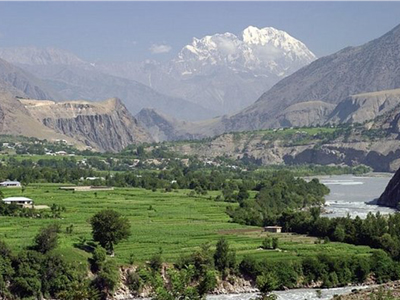
Chitral Gol National Park is primarily known for its rich biodiversity, particularly its population of Markhor (Wild goat) and Snow Leopard. It's also famous for its dense pine forests and diverse range of other wildlife, including Siberian ibex, Ladakh urial, and Asian black bears. The park is a popular destination for wildlife enthusiasts and photographers.It is at an hour drive from Chitral town, the summer palace of former rulers, now converted in to a national park named as Chitral Gol. It is famous for Markhor (Wild goat), Snow Leopard and other wild animals in the dense pine forests of the national park.Chitral is renowned for its diverse landscapes, unique cultural heritage, and the Kalasha people, who live in the Kalasha Valleys. The region is also known for its natural beauty, including the Hindu Kush mountain range and the Shandoor Pass, where the famous Shandur Polo Festival is held. It is home to the famous Markhor goat, Siberian ibex, Tibetan wolf, Red fox and the Himalayan black bear among others. Eagles, cartridges and falcon can also be spotted. A dilapidated fort of the "Mehter" former ruler of Chitral State, who used it as a summer home can also be seen.The park's dense pine forests and diverse range of trees contribute to its rich biodiversity, making it a beautiful and scenic location. The park's location in Birmoghlasht, where the former Mehtar's Summer Fort is located, adds a historical layer to the park's appeal.
Faisal Mosque

The Faisal Mosque is the national mosque of Pakistan, located in the capital city, Islamabad. It is the sixth-largest mosque in the world, the largest mosque outside the Middle East, and the largest within South Asia, located on the foothills of Margalla Hills. It is named after the late King Faisal of Saudi Arabia.The Grand Jamia Mosque, also known as Bahria Town Jamia Masjid Complex, is the largest mosque in Pakistan in terms of surface area. It's located in Kandiaro, Sindh. It's the seventh-largest mosque in the world. The Shah Faisal Mosque in Islamabad is primarily known for honoring King Faisal of Saudi Arabia, who funded its construction. However, it also houses the graves of two prominent figures: General Zia-ul-Haq, the former president of Pakistan, and his chief of staff, Syed Refaqat. Shah Faisal Mosque Islamabad. “A gift from Saudi Arabia.” King Faisal's gift to Pakistan has become one of the most important landmarks in the city of Islamabad, and even has one of the world's largest mosques that can be seen from anywhere in the city.The Imam of Faisal Mosque is a visiting Imam, usually the Imam of Kaaba or the Imam of Masjid-i-Nabawi. They are known to lead Friday prayers at the mosque. In November 2023, Imam-e-Kaaba, H.E. Dr. Saleh bin Abdullah Bin Humaid, delivered a Friday sermon and led prayers at Faisal Mosque. In August 2024, Imam Masjid-i-Nabawi, Dr. Salah Bin Mohammad Al-Budair, also led Friday prayers there.
Badshahi Mosque
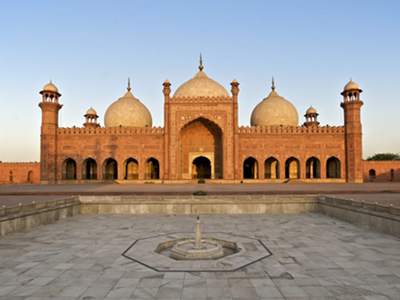
The Badshahi Mosque is a Mughal-era imperial mosque located in Lahore, Punjab, Pakistan. It was constructed between 1671 and 1673 during the rule of Aurangzeb, opposite of the Lahore Fort on the northern outskirts of the historic Walled City. It is widely considered to be one of the most iconic landmarks of Pakistan.This most famous place of Lahore City is an important example of Mughal architecture, with an exterior that is decorated with carved red sandstone with marble inlay. It remains the largest and most recent of the grand imperial mosques of the Mughal era, and is the second-largest mosque in Pakistan.The tombs of Allama Muhammad Iqbal and Sir Sikandar Hayat Khan are located near the entrance of the Badshahi Mosque. Allama Iqbal, a renowned poet-philosopher, is buried on the right side of the entrance, and Sir Sikandar Hayat Khan, who played a crucial role in the mosque's restoration, is buried on the left. The Badshahi Mosque in Lahore is renowned for its stunning Mughal architecture, particularly the blend of red sandstone and white marble, and for being the second-largest mosque in Pakistan. It is also famous for having the largest mosque courtyard in the world, accommodating up to 95,000 worshippers, and for its intricate floral designs and marble inlay. The mosque is an important example of Mughal architecture, with an exterior that is decorated with carved red sandstone with marble inlay.
Kartarpur Gurdwara
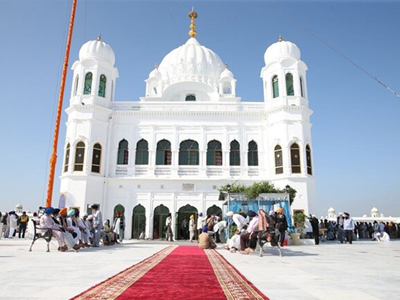
The gurdwara is built where Guru Nanak is said to have died. It is therefore the second holiest site of the Sikh religion after Gurdwara Janam Asthan – the birthplace of Guru Nanak located in Nankana Sahib, Pakistan.At the location Guru Nanak is believed to have died, the Gurdwara Kartarpur Sahib was built. It is considered to be the second holiest site for the Sikh religion. During the 1947 partition of India, the region got divided across India and Pakistan.The best-known gurdwaras are in the Darbar Sahib complex in Amritsar, Punjab, including Golden Temple (Sri Harmandir Sahib), the spiritual center of the Sikhs and Akal Takht, the political center of the Sikhs.The first guru of Sikhism, Guru Nanak, founded Kartarpur in 1504 CE on the right bank of the Ravi River and established the first Sikh commune there. Following his death in 1539, Hindus and Muslims both claimed him as their own and raised mausoleums in his memory with a common wall between them.While Kartarpur Sahib is the final resting place of Guru Nanak Dev, Nankana Sahib is the birthplace of the Sikhism founder.The first guru of Sikhism, Guru Nanak, founded Kartarpur in 1504 CE on the right bank of the Ravi River and established the first Sikh commune there. Following his death in 1539, Hindus and Muslims both claimed him as their own and raised mausoleums in his memory with a common wall between them.
G.W Nankana Sahib
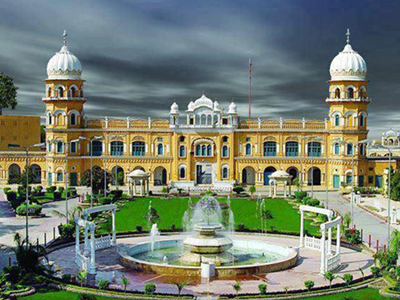
Nankana Sahib is primarily known as the birthplace of Guru Nanak Dev, the founder of Sikhism. The city is a sacred pilgrimage site for Sikhs, with the Gurdwara Janam Asthan (birthplace of Guru Nanak) being the most significant attraction. Gurdwara Janam Asthan also referred to as Gurdwara Nankana Sahib, is a highly revered gurdwara that is situated at the site where the founder of Sikhism, Guru Nanak, was born. The shrine is located in the city of Nankana Sahib, near the city of Lahore in the Punjab province of Pakistan.Nankana Sahib has unparalleled spiritual significance for Sikhs. This is where Guru Nanak Dev Ji spent his formative years and drew the divine wisdom that later shaped Sikhism. His teachings emphasized the oneness of God, the equality of all men and selfless service—principles that guide Sikhism today.District Nankana Sahib is surrounded by Sheikhupura from the east; District Faisalabad to the west; River Ravi and District Kasur lie to its south; River Chenab and District Mandi Bahauddin to its northwest; Nankana Sahib, the birthplace, is a small shrine with a marble inscription on it which reads in Gurmukhi Punjabi "Birthplace of Guru Nanak Dev ji" . It is surrounded by marble carvings and with Sikh insignia khanda . This service was performed by a Sardar of Rawalpindi in Sammat 1947 (1890 AD).The city is a major hub for religious tourism, attracting thousands of Sikh pilgrims annually.
Babusar Top
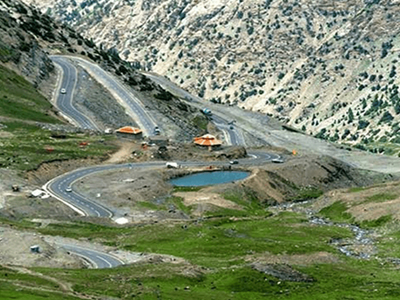
Babusar Top, a high mountain pass in Pakistan, is famous for its breathtaking views and its role as a connecting point between Khyber Pakhtunkhwa and Gilgit-Baltistan. It's the highest point in Kaghan Valley accessible by car, offering stunning scenery. At the north of the 150 km long Naran Valley, there is a beautiful peak known as Babusar Pass or Babusar Top. It was previously known as Babur Top because the famous Mughal Emperor Babur used the same route at the beginning of the 16th century, which is one of the reasons for its success as a tourist attraction.Babu Sir Top, also known as Babusar Pass, is a high mountain pass in Pakistan, specifically located in the Gilgit Baltistan region. It connects the Kaghan Valley in Khyber Pakhtunkhwa with the Chilas district of Gilgit Baltistan. The pass sits at an elevation of 4,173 meters (13,691 feet). This route remains open roughly from end June to October; rest of the year it is close due to heavy snow in the area. Babusar Top, the crossing point is 65 km from Naran city and 42 from the T-Junction near Chilas where it meets Indus River.Babusar Top is a high mountain pass located in the Gilgit Baltistan region of Pakistan. It connects the Kaghan Valley with the Chilas district of Gilgit Baltistan. The pass is located at an elevation of 4,173 meters (13,691 ft) above sea level and offers breath-taking views of the surrounding mountains and valleys.
